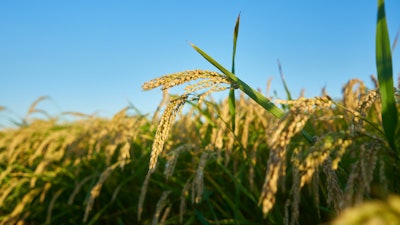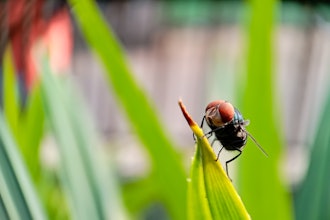
Rice is a staple food for nearly half the world’s population. However, it accumulates more cadmium from the soil than other cereals like barley and wheat. Reports estimate that 40–65% of our total intake of cadmium, a toxic heavy metal, is from rice. Eating cadmium-contaminated rice poses a serious health risk to humans, with conditions like Itai-itai disease being associated with high cadmium intake.
Efforts have been previously made to reduce the quantity of cadmium in rice through methods like importing clean soil, water management, and mixing contaminated soil with biochar and lime. However, these methods are time-consuming and expensive. To remedy this, scientists have turned to cross-breeding to cultivate rice that accumulate less cadmium.
“We have been working on the mechanisms of cadmium accumulation in rice and barley for a long time and have identified several key genes involved in its accumulation,” says Prof. Jian Feng Ma, who is affiliated to the Institute of Plant Sciences and Resources at Okayama University, Japan.
Recently, Ma published a paper in the journal Nature Food detailing the genetic mechanisms that play a role in this process. The paper was published online on 18 August 2022.
After examining 132 accessions of rice, Prof Ma and the members of his research group found that the gene, OsNramp5, when duplicated in tandem, reduced the accumulation of cadmium in Pokkali, a variety of rice that has been cultivated for 3000 years in Kerala, India. According to previous reports, OsNramp5 encodes a cadmium and manganese transporter protein in rice. The same gene, when duplicated in tandem, turns to increase the uptake of both the minerals into the root cells. Consequently, manganese competes with cadmium in the cells for translocation to the shoots, which in turn reduces the accumulation of cadmium in these parts.
The scientists found that out of the 132 accessions of rice, the tandem duplication of OsNramp5 was naturally found only in Pokkali, which can grow in salt-laden coastal soil.
The researchers also noted that the spatial expression level of OsNramp5 was always around two-fold higher in the roots of Pokkali than that in the roots of Koshihikari.
As Pokkali stores extremely low cadmium in its shoots, the scientists introgressed (a term for the transfer of genetic information across species) the duplicated OsNramp5 gene in Koshihikari, a variety of rice that is very popular in Japan but accumulates relatively high levels of cadmium.
Explaining how targeted breeding can help humans, Ma says, “We identified a gene responsible for differential accumulation of cadmium in rice grain based on natural variations in cadmium accumulation. Then, we applied this gene to successfully breed rice cultivars with low cadmium accumulation in the grain.”
The team found that the Koshihikari cultivar with the duplicated gene accumulated significantly lower amounts of cadmium without comprising on the grain quality or yield.
Recounting the benefits of a low cadmium-accumulating rice variety, Ma explains, “Cadmium is a toxic heavy metal and threatens our health through the food chain. Our study provided a useful material for breeding varieties of rice with low cadmium accumulation, which contributes to produce safe and healthy food. We hope that this gene will be widely used in breeding different rice cultivars with low cadmium accumulation. This will protect us from cadmium poisoning.”






















